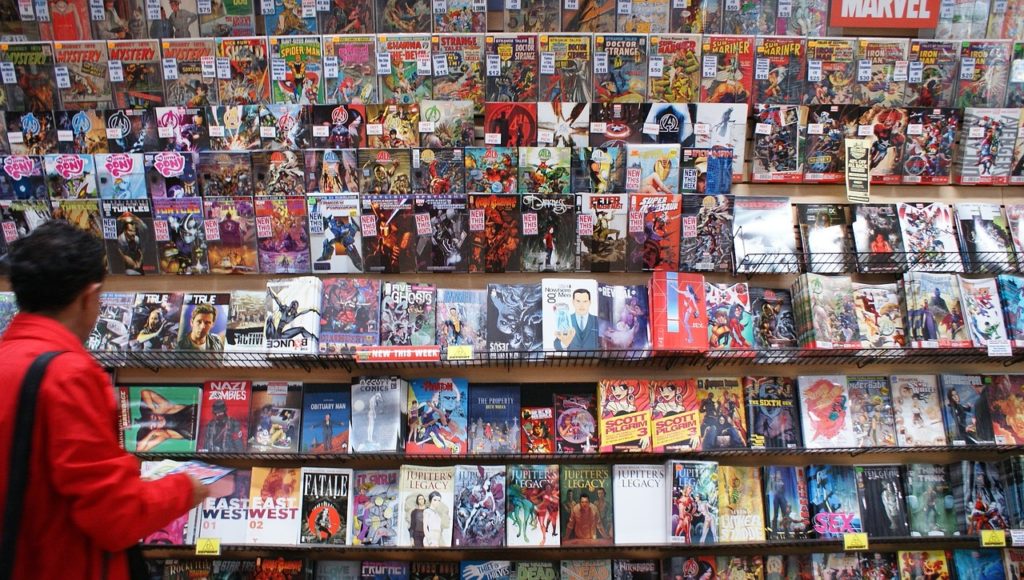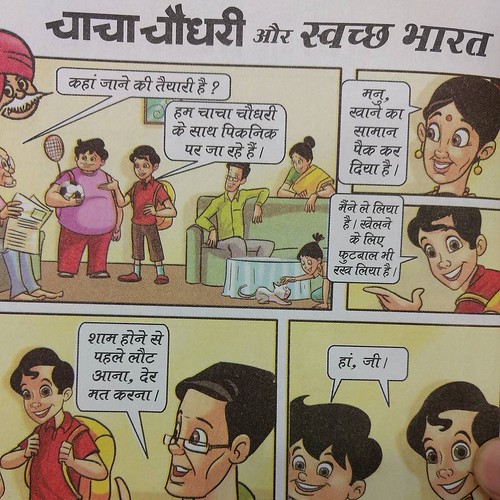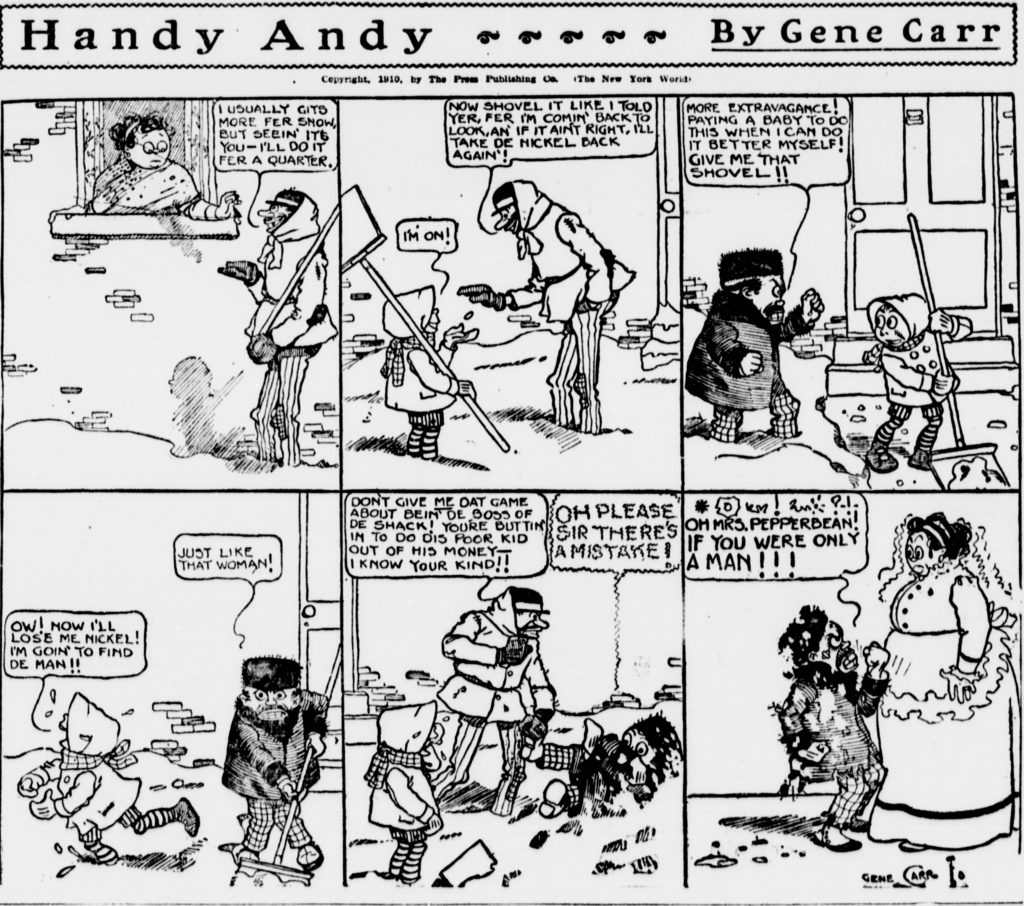
A gripping nostalgia – this is the feeling that comes to the now-mature Indian readership of comics like Tinkle. Indian comics have faced damage on multiple fronts, such as the loss of patrons and a western bias in the global comic “multiverse”, and the advent of the digital medium for illustrations and publishing.
Lately, there has been a shocking under-representation of Indian comics at annual book fairs like the ones in Delhi; along with a sharp drop in the prices of these comics. It is not uncommon to think of comic book illustrations and comic book writing as professions that will render artists to look for additional income channels apart from in a few exceptional cases. The pandemic has also hindered the selling of local comics in places like railway stations and small stores. Local publishers have faced and are still facing the brunt of the ongoing situation by not being able to catch up with the digital-shift.

The journey of Indian comics though has never been a smooth one. In an interview with Mr Nikhil Pran, the director of Pran’s Features LLP famous for its Chacha Chaudhary Comics, it came to light that his father Pran Kumar Sharma’s proposal of creating comic books instead of publishing in comic magazines was rebuffed. The potential of a market for comic books in India was realized at a later stage. It is also difficult to pen down an all-inclusive history of comics in India and this conspicuously owes to the fact that not much attention has been paid to the subject in academic institutions or elsewhere. Comics like Chacha Chaudhary have excelled in their sales due to the relatable humour that western comics could not offer for an Indian audience, whereas series like Amar Chitra Katha has captured the attention of the masses through graphically illustrating specific versions of Hindu-myths. The television was a tough competition to the market of comics in the last decade of the 20th century and led smaller publishing houses to be subsumed in the race by the bigger ones like Raj Comics and Diamond Comics.
In the current times, despite the presence of options like digitization and independent publishing that comes with it, it is difficult to increase the gathering of a local readership that relates to that graphic narrative in the absence of devices like Kindles and Smartphones with internet access in every household. Though digital publishing liberates some comic artists from the middlemen(publishers) and helps them earn more, it fails to liberate the readers. The linguistic diversity of India is largely ignored when the comics are produced here. Even when one looks at the history of comics of India and all the hype about big publishing houses, it steers us towards thinking of comics as something of commercial value only.

However, comics carry with themselves a potential to communicate messages of societal importance at both implicit and explicit levels to storytelling and narrative-hungry creatures like humans. Frederick Noronha, an activist, talked about the concept of “grassroots comics” and has since then inspired numerous non-governmental organizations to use comic books as an effective means of communication for community development. In states across India, they have been used to tackle muddles like lack of local news coverage, drug-addiction, and education for the girl child.
Comics are also in dire need of critiquing by their readers. Through the portrayal of popular religious myths and perceived “heroic” characters in comics, publishers could be cashing on major sentiments in the name of “cultural” and “moral” ebbing for children. An evaluation of Amar Chitra Katha comics by Parameswram and Cardoza (2009) revealed controversial issues regarding marginalization and stereotyping of characters – especially women, with darker skin colours. Comics thus become another space of potential influence for correcting the problematic beliefs and norms that have existed in the society and for ensuring wider representation.
Comics can also give a pictorial narrative to many if not cure our deafness towards all languages other than English and blindness to all logic that doesn’t fit ours. In the realm of science, understanding the value of and preserving indigenous knowledge has been a race against time due to a gap in the mode of expression. Training a few people from linguistically threatened communities that have no language-script for expressing their knowledge and cultural heritage in expressing themselves visually through silent-comics can act as a means of preservation and revenue generation.

The therapeutic capacity of the process of making comics even when dealing with PTSDrenders it equally if not more valuably than the capacity of primary textual literature. Colleges and schools play a crucial role in the revival of these graphic wonders. The capacity for change in comics will be pushed aside if they are looked at through a market perspective only. Comics portray the fear, happiness and expectations of people. Limiting them to heroic idols or to stories of particular cultural, linguistic and social groups might keep them functioning, but only barely alive.


I had this page bookmarked a while before but my notebook crashed. I have since gotten a new one and it took me a while to locate this! I also really like the template though.